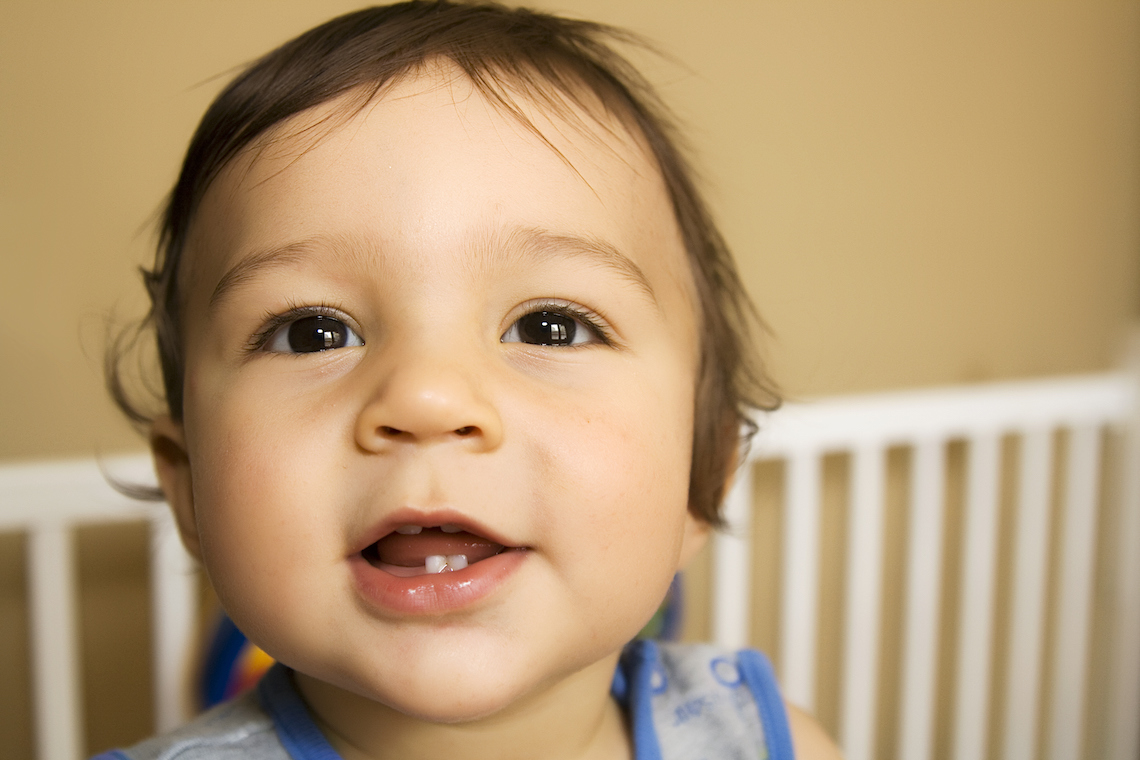There’s a lot to do when you have a new baby, and protecting your child’s oral health should be high on the priority list. Below are some easy tips to keep your baby healthy, happy, and cavity-free throughout life.
Take Care of Your Own Oral Health
Babies are kissing magnets. We can’t help ourselves! But every time we kiss, share food or utensils, or “clean” baby’s pacifier by putting it in our mouths, we can pass decay-causing germs via saliva. This can create big dental problems for small mouths.
No matter how careful you are, your baby will get some of your germs, so make your own oral care a priority every day and get regular oral health checkups.
Clean Your Baby’s Mouth
Cavities can start showing up as soon as the first tooth peeks through, so get ready to clean teeth and gums early.
Before teeth begin to come in: gently clean your baby’s gums with a clean soft cloth after feedings. This will help your baby get used to this whole brushing and flossing thing.
As soon as teeth start to come in: clean teeth and gums with a small soft toothbrush and a smear (the size of a grain of rice) of fluoridated toothpaste.
Water Only at Nap Time and Bedtime
If you give your baby a bottle or sippy cup at nap time or bedtime, use water only. Juice, formula, milk and breast milk can cause tooth decay, especially when your baby falls asleep with liquid in her mouth. Get in the habit of feeding your baby after naps, rather than using a feeding to prompt sleep.
Comfort Your Teething Baby
- Offer a cold, firm, safe, and clean teething object, like a teething ring or slightly frozen damp washcloth.
- Rub your baby’s gums gently with a clean finger.
- Clean your baby’s teeth and gums with a soft, clean, cool damp cloth if a soft toothbrush is uncomfortable.
By Age 1, Have Your Child’s Teeth Screened by a Dentist or Physician
One of the keys to preventing tooth decay is a professional look-see by your family’s dentist or your baby’s physician. Be sure your child has an oral screening by the time they are 1.
The dentist or physician will look for signs of early decay and assess whether or not your child is at risk for decay. Early decay can look like white spots — usually along the gums. Brown or black spots may be cavities. You’ll get some tips on healthy snacking. And your child may also get fluoride varnish to help prevent – or even heal – early decay.
Be sure to ask questions, like: “Am I brushing my baby’s teeth correctly?” And, “What snacks are good for my child’s teeth?”




